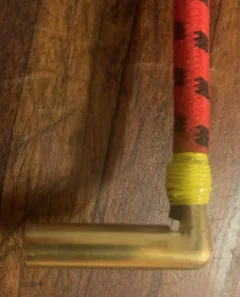Jdub
VIP MEMBER
- Joined
- Dec 1, 2018
- Messages
- 355
Thanks for this thread, I had no luck finding NGK BP8ES OR BP7ES and when I did the plug was either misrepresented (is actually an "R" plug) or was priced very high.
Grabbed 4 non-resistor NGK 8381 LZFH Spark Plug caps just in case they stop production. Then purchased the Iridium R plugs from NGK. I think this is good in a forward looking way.
Grabbed 4 non-resistor NGK 8381 LZFH Spark Plug caps just in case they stop production. Then purchased the Iridium R plugs from NGK. I think this is good in a forward looking way.



